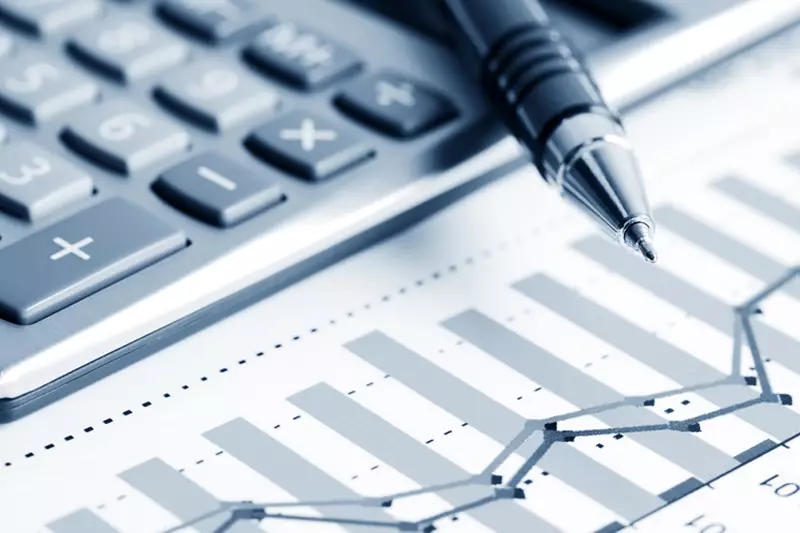India’s consumer price inflation is expected to have eased to 4.80% in April, just slightly below March’s rate. Despite the overall moderation in headline inflation, food prices have remained stubbornly high, exerting pressure on household budgets. Food inflation, which makes up nearly half of the consumer price index (CPI) basket, continues to pose a significant risk to India’s inflation trajectory.
According to a recent Reuters survey of 44 economists, consumer price inflation is projected to have decreased slightly in April. However, the forecasts vary between 4.50% and 5.10%, illustrating the uncertainty surrounding India’s inflation outlook. A substantial number of respondents anticipate inflation to surpass the March reading, highlighting the persistent challenge posed by food inflation.
Suman Chowdhury, chief economist at Acuite Ratings, expressed concerns about the stubborn nature of food inflation, which is currently hovering around 8%. He emphasized the difficulty in bringing down food inflation significantly, indicating that headline inflation is unlikely to decrease rapidly. Without any new drivers to lower inflation, the trajectory remains uncertain, with inflation expected to hover around 5% or even rise in the coming months.
V. Anantha Nageswaran, the government’s chief economic adviser, mentioned that the Indian economy is in a better position to pursue non-inflationary growth. The Reserve Bank of India (RBI) is expected to cut interest rates in the next quarter, aiming to bring inflation back to the central bank’s 4% medium-term target. However, the robust economic growth rate and the U.S. Federal Reserve’s possible delay in rate cuts may prompt the RBI to postpone monetary easing.
Kunal Kundu, an economist at Societe Generale, highlighted the limited impact of monetary policy on inflation, particularly when supply constraints are driving food inflation. With India’s growth rate significantly high, the central bank’s focus on headline inflation may delay the timing of the first rate cut. Kundu suggested that the RBI could announce its first rate cut move in the fourth quarter of 2024, with the possibility of further delays into 2025.
Core inflation, which excludes volatile food and energy prices, was recorded at 3.18% in April, according to a median forecast of 22 economists. This data indicates the underlying inflationary pressures in the economy, despite efforts to stabilize consumer prices. The interplay between core inflation and food prices will continue to shape India’s inflation dynamics in the coming months.
India’s inflation rate faces significant challenges due to persistently high food prices. While efforts are being made to stabilize inflation through monetary policy measures, the complex interplay between food inflation, core inflation, and economic growth requires a nuanced approach to ensure price stability and sustainable economic growth.

